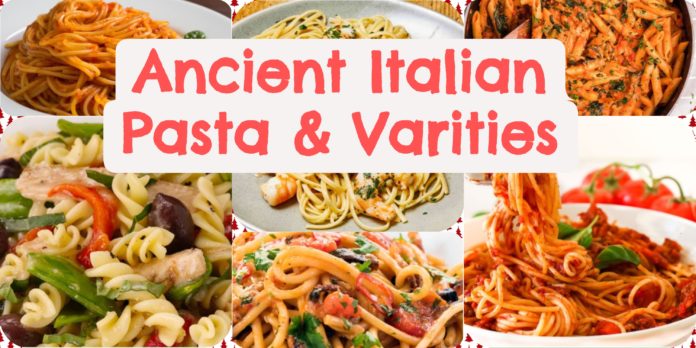A plate of classic Italian pasta has a certain charm to it. Its simple nature deep flavors, and pleasing textures have made it a favorite dish around the world. But what makes Italian pasta stand out from the rest?
This blog will reveal the secrets of this famous dish covering everything from top-notch ingredients to homemade recipes and different versions. Get set to boost your pasta skills and wow your dinner guests with genuine Italian cooking.
History of Classic Italian Pasta
Italian pasta has a long history, with its roots often linked to ancient Etruscan and Roman cultures. It became a key part of Italian food in the 1200s growing into many shapes and sizes. By the 1700s, people inf Italy made pasta in large amounts so everyone could get it. Now, people around the world love pasta, and it stands for Italian food culture.
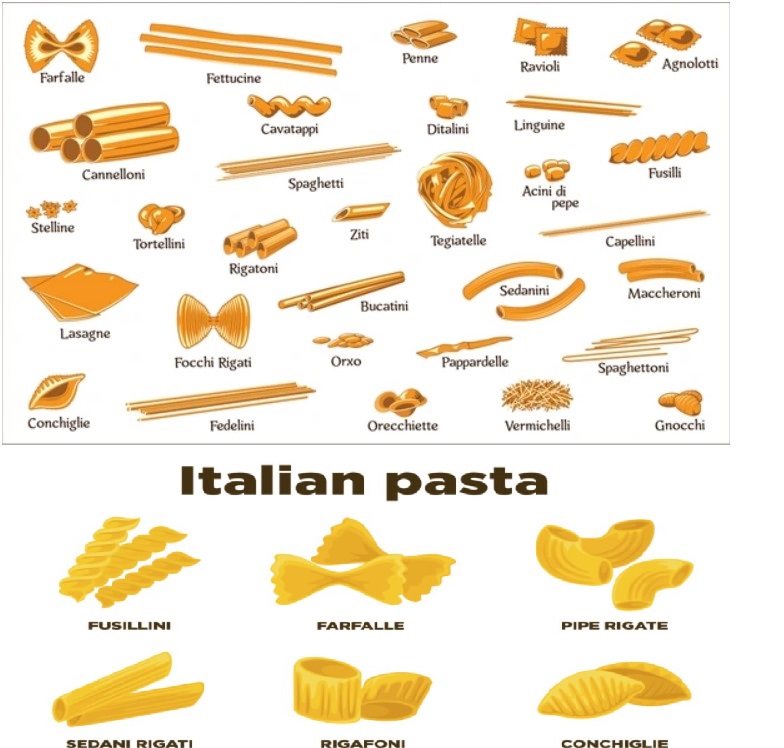
Also Read: Sensational Lemon Pasta Pronto Recipe: A Culinary Delight
Secret Ingredients of Italian Pasta
To make great Italian pasta, you need the right ingredients. Here’s what you should know:
1. Flour
Real Italian pasta uses “00″ flour, a very fine Italian flour that makes pasta smooth. Semolina flour is also key, as it helps the pasta hold its shape and adds a slight nutty taste.
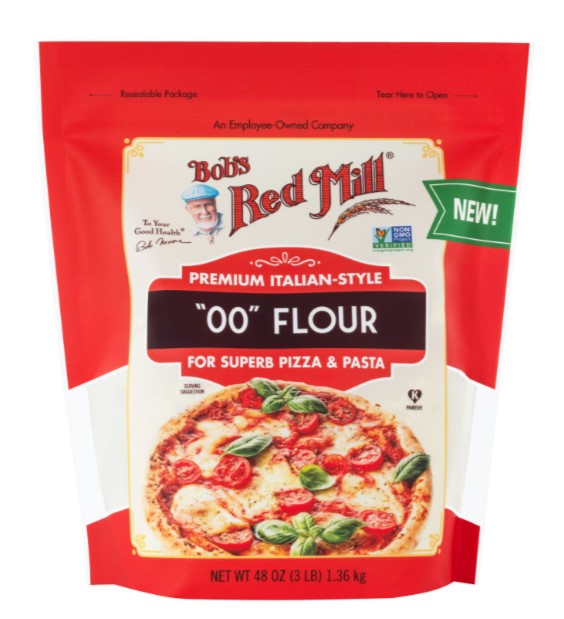
2. Eggs
Eggs make the dough rich and give it structure. Fresh organic eggs create the best taste and texture in classic pasta.
3. Olive Oil
A bit of top-notch olive oil makes the dough moist and stretchy. It also adds a light flavor, which is key in Italian cooking.
4. Salt
Salt plays a big role in flavoring the dough. It brings out the natural tastes of the ingredients and helps the pasta keep its shape while cooking.
Homemade Italian Pasta Recipe
You can make pasta at home more than you might guess. Here’s a guide to help you get great results:
Ingredients
|
Cooking Techniques
- Mix the Flours: Blend the “00” flour and semolina flour on a clean flat surface.
- Make a Well: Shape a hollow in the middle of the flour mix.
- Put in Wet Ingredients: Break the eggs into the hollow, pour in olive oil and sprinkle salt.
- Combine Dough: stir the ingredients with a fork pulling flour from the sides until you form a dough.
- Work the Dough: Knead for about 10 minutes to get a smooth and stretchy texture.
- Let it Sit: Cover the dough with plastic wrap and set it aside to rest for 30 minutes.
- Roll and Cut: Shape the dough into a flat sheet at your preferred thickness then slice it into various forms.
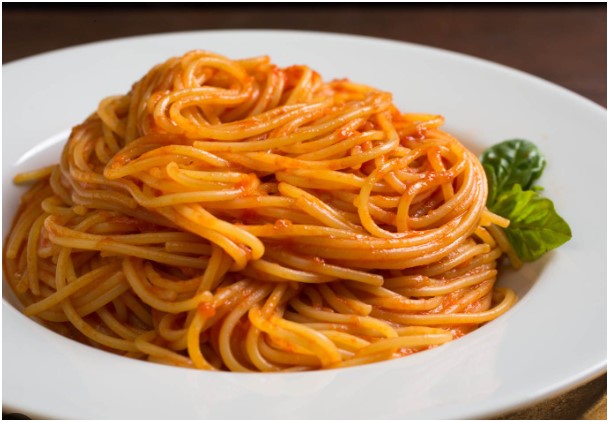
Authentic Italian Pasta Sauce Types:
You can’t have a great pasta dish without a tasty sauce. Here are some classic sauces to give a shot:
Marinara Sauce: This basic tomato sauce packs a punch with garlic, onions, tomatoes, and herbs.
Alfredo Sauce: Butter, cream, and Parmesan cheese come together to create this rich sauce.
Pesto Sauce: Basil, garlic, pine nuts, Parmesan cheese, and olive oil blend into this fresh sauce.
Carbonara Sauce: Eggs, Pecorino Romano cheese, pancetta, and black pepper make up this savory sauce.
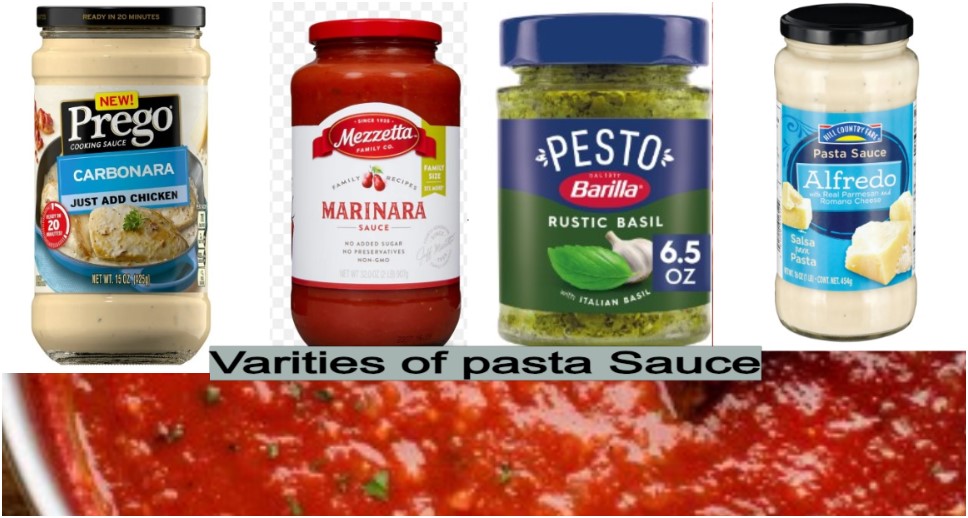
Varieties of Italian Pasta
Italian pasta has an influence on many shapes and sizes, each suited to different dishes. Here’s a look at some popular types:
1. Spaghetti
This pasta has long thin strands that go well with light sauces like marinara or aglio e olio.
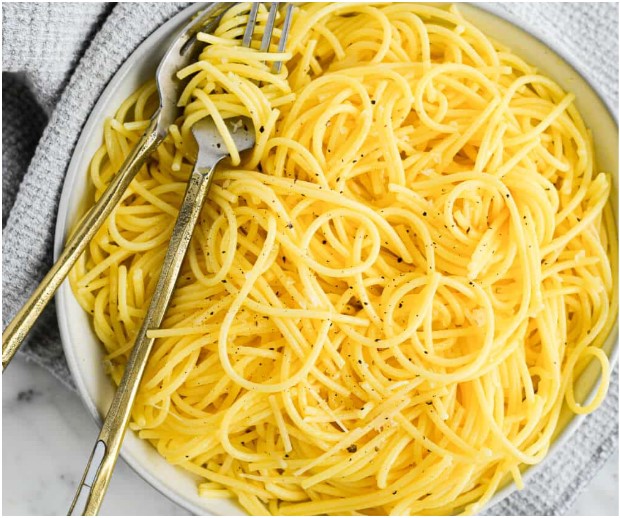
2. Penne
Tube-shaped pasta that matches chunky sauces like Bolognese. I personally a huge fan of this pasta. It is simple to cook and it looks different and attractive comparetively to the other regular pastas.
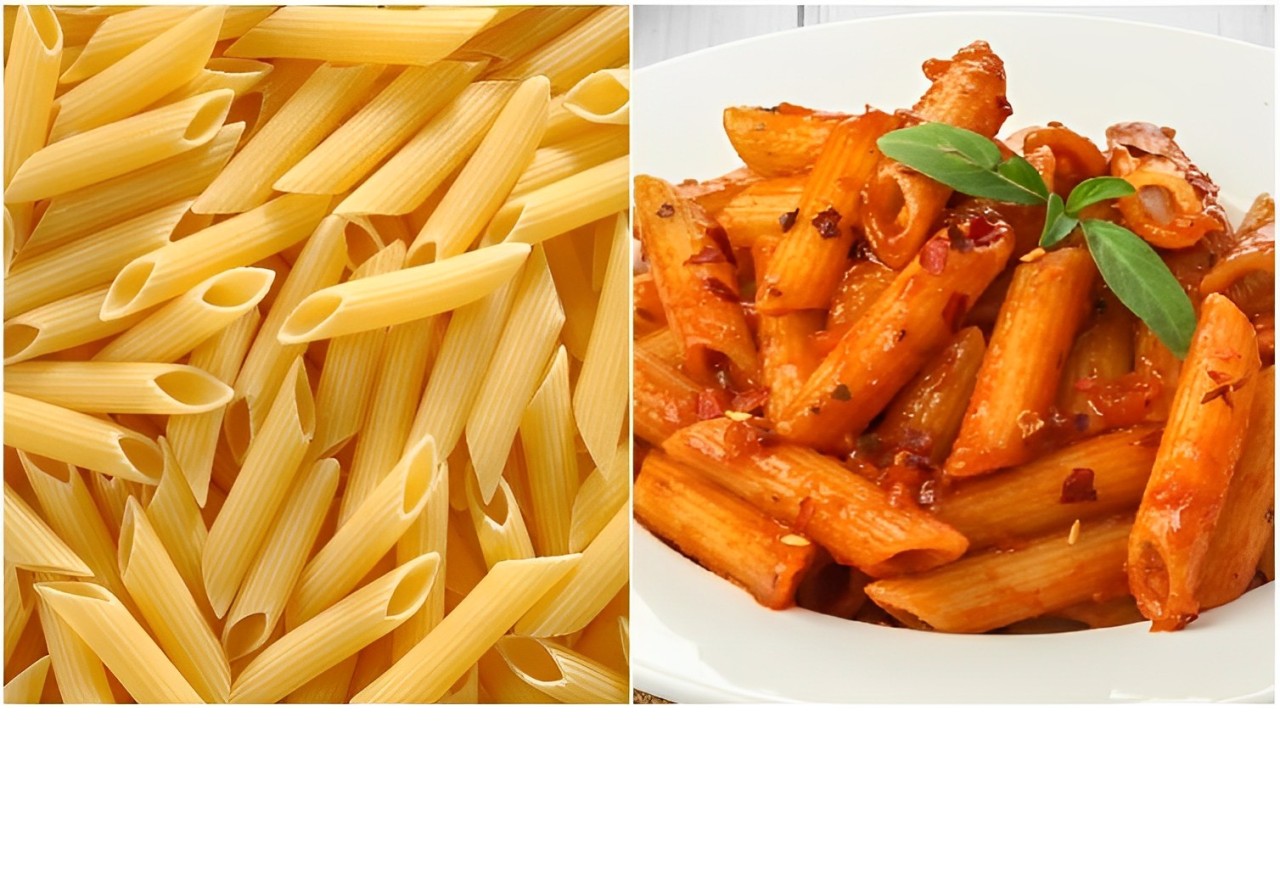
3. Fettuccine
This flat thick noodles that shine with creamy sauces like Alfredo, which is also a classic Italian Pasta types. This types of pasta are now famous and popular in Many European countries. This pasta majorly came with large amount of creamy cheese in it.
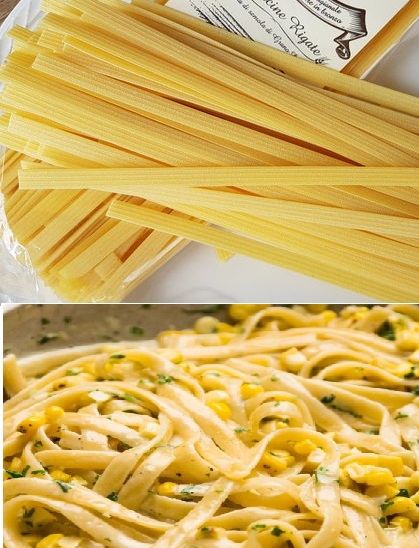
4. Farfalle
This bow-tie shaped pasta that fits in salads and light sauces. This pasta came since 16th century in the Lombardy and Emilia-Romagna regions of Northern Italy. The name in it farfalle replicate Butterflies in Italian Language. A larger variation of farfalle is known as farfalloni too. Especially it cames in salad in best way.
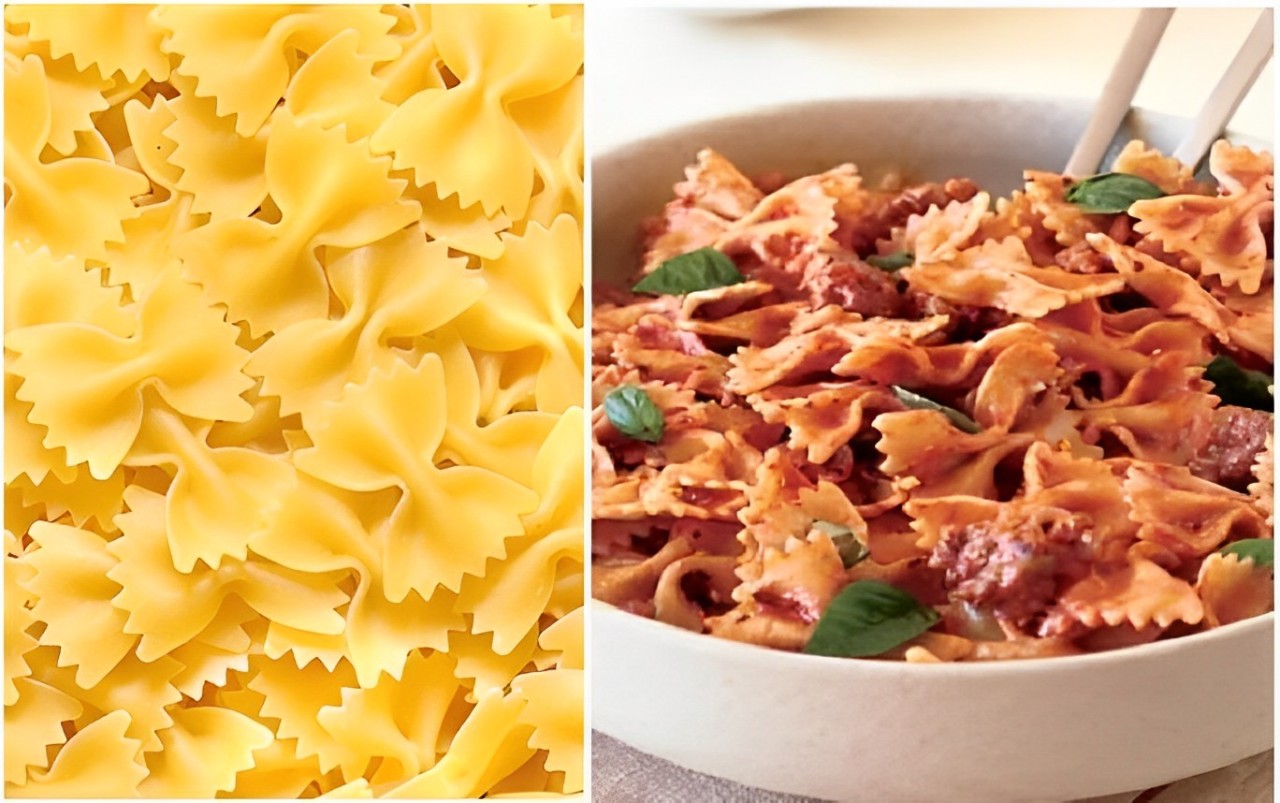
5. Ravioli
Stuffed pasta pockets often containing cheese, meat, or vegetables. Ravioli is the name for a kind of filled pasta that is made up of a filling that is enclosed in a thin layer of pasta dough. It is typically served in broth or covered with sauce and it has its roots in Italian cooking traditions. The most common shape for ravioli is square; though there are others such as circular and half-circular types.
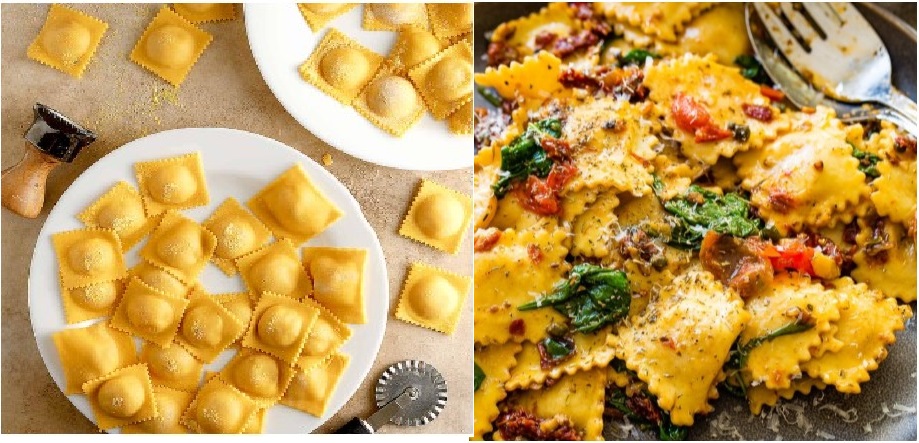
Key Tips to Make Perfect Italian Pasta
To make sure your pasta comes out great every time, keep these things in mind:
1. First, Ready the Ingredients
Go for the best flour, eggs, and olive oil you can get your hands on. Good stuff makes a difference.
2. Make the perfect Dough
Working the dough has an impact on developing gluten, which gives pasta its shape. Take your time with this part.
3. Let the Dough Sit
Letting it sit allows the gluten to loosen up making the dough easier to roll out.
4. Boil in Lots of Salty Water
Pasta needs space to cook . Grab a big pot and throw in plenty of salt to boost the flavor.
5. Don’t Overcook
Cook pasta until it’s al dente, or firm when you bite it. Pasta that cooks too long turns mushy and loses its texture.
Nutritional Values and Health Benefits of Italian Pasta
Italian pasta tastes great and has an impact on your health in good ways. It gives your body energy because it contains carbohydrates. Whole wheat pasta adds fiber, which helps your digestion. Also, pasta doesn’t have much fat and fits into a balanced diet. When you mix pasta with veggies lean proteins, and healthy fats, you create a meal that nourishes you and makes you feel full.
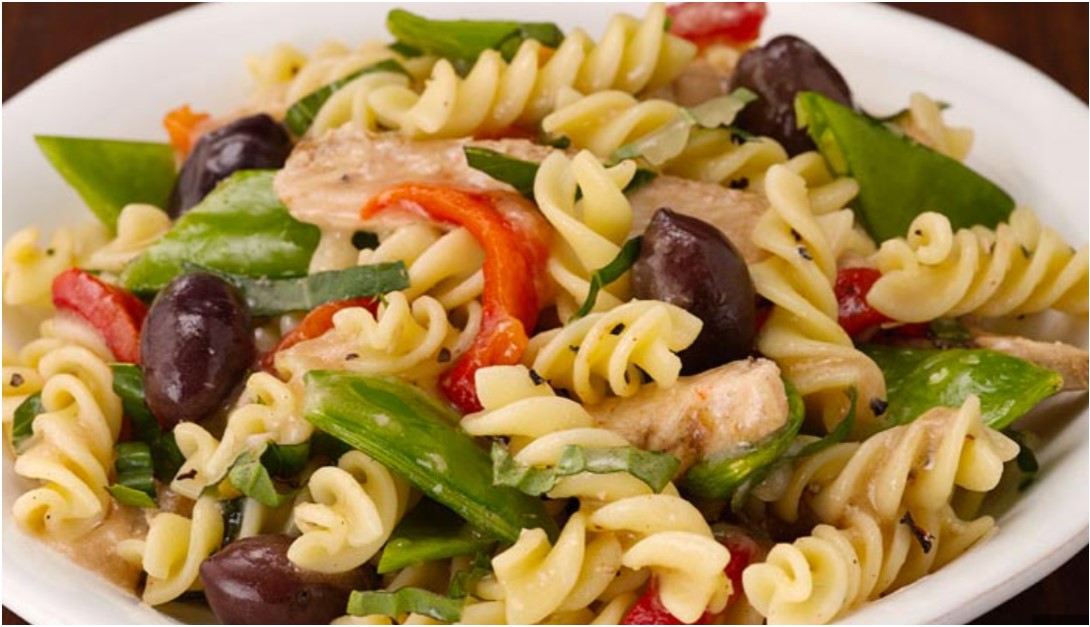
Asked Questions About Classic Italian Pasta
What is Classic Italian Pasta?
Classic Italian pasta is a dish steeped in tradition made from a basic dough of flour, eggs, and water. It comes in many shapes and sizes, each meant to go well with different sauces. What makes it so loved through the years is how simple it is and the top-notch ingredients used.
What are the Key Ingredients to Make Classic Italian Pasta?
To create the tastiest classic Italian pasta, you need top-quality ingredients:
- Tipo “00” Flour: This flour, ground super fine, is key to making pasta that’s smooth and soft.
- Semolina Flour: Gives the pasta some bite and helps it keep its shape.
- Fresh Eggs: Add richness and color.
- Extra Virgin Olive Oil: Makes the dough stretchier and tastier.
- Salt: Brings out the good flavors in all the ingredients.
How Do You Make Classic Italian Pasta from Scratch?
Making pasta at home isn’t as hard as you might think. Here’s an easy recipe to get you going:
- Mix Flours: Combine 2 cups of Tipo “00” flour with 1 cup of semolina flour.
- Form a Well: Make a hollow in the middle and crack 3 eggs into it.
- Include Olive Oil and Salt: Put 1 tablespoon of olive oil and a dash of salt.
- Blend and Work the Dough: mix the eggs with the flour then work the dough for about 10 minutes to make it smooth.
- Allow the Dough to Rest: Cover the dough with plastic wrap and set it aside for at least 30 minutes.
- Flatten and Shape: Roll the dough out thin and cut it into the shape you want.
How Can I Cook My Pasta Just Right?
To cook pasta , you need to pay close attention:
- Use Plenty of Water: Cook pasta in a big pot of boiling salted water.
- Stir Now and Then: Keep pasta from sticking by stirring every so often.
- Cook Al Dente: Pasta should feel firm when you bite it; check the package for cooking times.
- Save Pasta Water: Keep a cup of pasta water to help mix the sauce and pasta.
Creating classic Italian pasta at home gives you a sense of achievement. When you have the correct ingredients, know the right methods, and put in some practice, you can whip up pasta dishes that rival those in restaurants.
You’ll amaze your loved ones with your cooking prowess as you learn about pasta’s history, discover its hidden components perfect homemade recipes, and try out different pasta varieties. So get ready to cook and start making delicious Italian pasta in your kitchen today!
If you have any suggestion, messages or cooking strategy which you like to share with us, please feel free to email us. Thank You.
